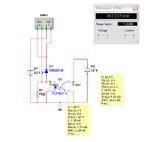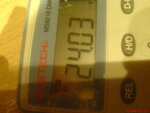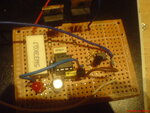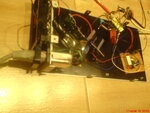Mnt
Member level 5
HI there,
I modified this circuit

to this

and need help calculating the values for the protection and for the feedback because I tried the feedback and it outputs me only 2-3 volts instead 23V as I wanted.
For the power im confused because there are a lot of power types -> peak power, rms power, average power, bla bla .. etc..
I need 250W limit.
Need some moderator to change my thread's title to -> "IR2153 + regulation and protection but need help calculating the values" :bsdetector:
----
look at my current setup but this was before i soldered the opto + 220 ohm + 2k2 + TL431
and the 2V out ..
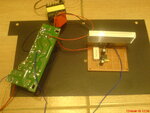
also im using gate stoppers unlike in the sch.
I modified this circuit

to this

and need help calculating the values for the protection and for the feedback because I tried the feedback and it outputs me only 2-3 volts instead 23V as I wanted.
For the power im confused because there are a lot of power types -> peak power, rms power, average power, bla bla .. etc..
I need 250W limit.
Need some moderator to change my thread's title to -> "IR2153 + regulation and protection but need help calculating the values" :bsdetector:
----
look at my current setup but this was before i soldered the opto + 220 ohm + 2k2 + TL431
and the 2V out ..

also im using gate stoppers unlike in the sch.
Last edited:

